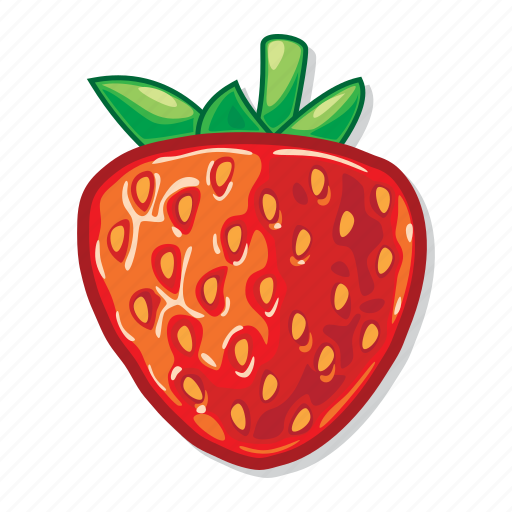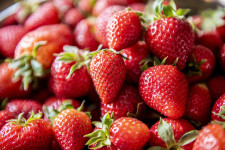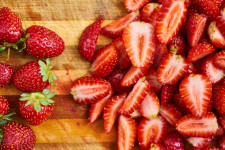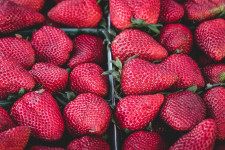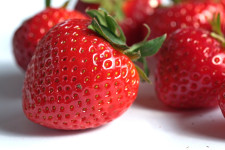As an AI language model, I don’t have any personal views or opinions, but here is the answer to your query:
Strawberries are a juicy and delicious fruit and are often the center of attention in summer. Picking strawberries at their peak is crucial to ensure optimum freshness and flavor. The best time to harvest strawberries depends on various factors, including their ripeness stage, weather conditions, and intended use. Here are some science-based tips to help you determine the ideal time to harvest strawberries:
1. Ripeness stage: Strawberry ripeness is measured by their color and texture. When the fruit turns a vibrant color such as red, it’s a sign that the sugar content is high, and the fruit is ready for picking. A strawberry that isn’t ripe yet will have a white or green appearance. The berry should also be firm, but not hard, and evenly shaped.
2. Weather conditions: Temperature and humidity levels can alter the ripening time of strawberries. Hot and dry weather conditions can accelerate the ripening process, so it’s essential to monitor the temperature and humidity levels. Harvesting strawberries early, before they become too ripe, can also help prevent damage caused by inclement weather.
3. Intended use: If you’re planning to store or transport strawberries, you might want to consider harvesting them slightly before they’re fully ripe. This way, they’ll have a longer shelf life, and the fruit will be less likely to bruise or damage during transportation.
In conclusion, the best time to harvest strawberries is when they’re fully ripe. This ensures optimum flavor and freshness. By monitoring the weather conditions and intended use, you can determine the ideal time to pick your strawberries.
